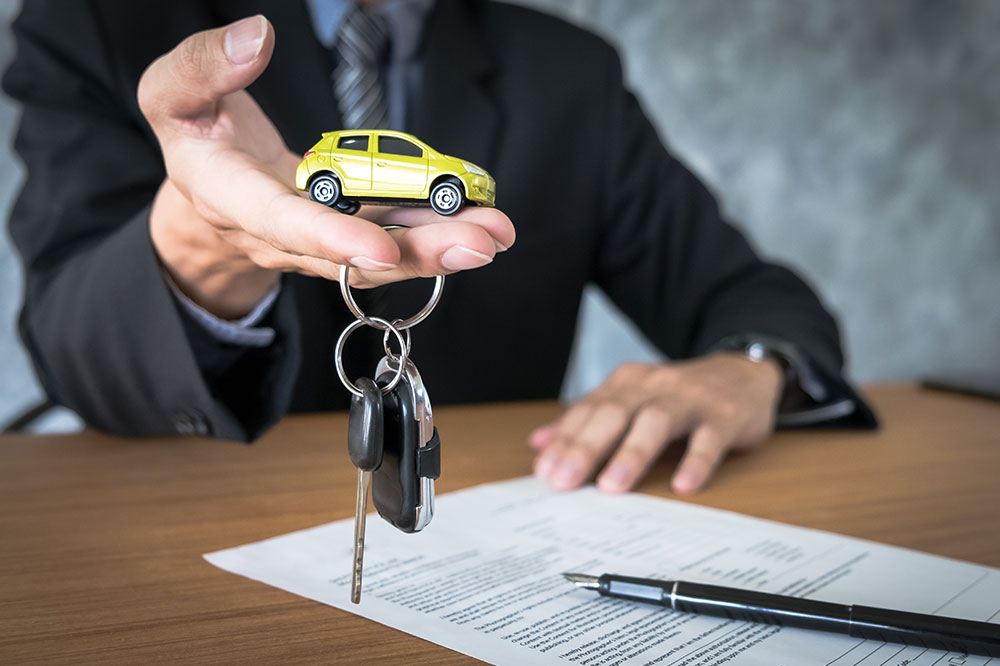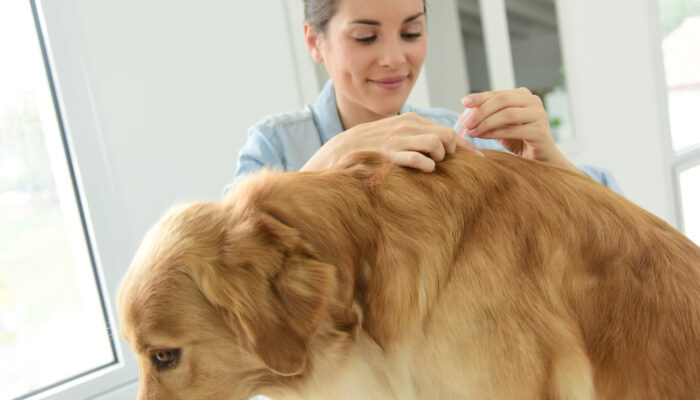
3 Mistakes to Avoid when Leasing a Car
New cars cost a lot of money, and leasing has emerged as a cheap alternative to owning a car. Most people in the country live on a monthly budget, and their assessment before buying something is whether they can afford it in that month. Leasing works on the same idea by allowing people to use a car without having to pay a large amount like in financing.
While a lease can decrease your monthly expenses on a car, it is not a suitable option for the long term, and financing a car is a better option in such cases. When wondering about car finance vs. car lease, here are some mistakes you should avoid while leasing a car:
1. Paying too much money upfront
Car dealers drive their promotional efforts into advertising lower monthly lease payments on a new car, but you would probably have to compensate for that by paying thousands of dollars upfront. This money is essentially a cover for a portion of the lease taken in advance. However, if the car is stolen or damaged in the first few months, you would get the bad end of that.
In such a case, the insurance provider would pay the car’s value to the leasing company, but the amount you paid as coverage would not be returned to you. This implies that you would neither have the car, nor the large amount of money that you paid in advance. You should never pay more than $2,000 upfront.
2. Not buying gap insurance
When comparing car finance vs. car lease, you should know that the latter requires an additional type of insurance. If you have leased a car for routine use, you must purchase gap insurance. The word gap here implies the difference between the value of the car and the lease amount.
For example, if your lease contract says that you can buy the car at $13,000 at the end of the lease, this is the residual value of a car. If you severely damage the car before the end of the lease, the insurance provider will pay the car’s market value to the dealership.
Now, let’s assume that the insurance provider decides that the current market value of the car is $9,000 and pays it to the dealership. As per your contract, the market value of the car is set to $13,000. This means that you are liable to pay $4,000 out of your pocket to compensate the dealership, which can be avoided if you have gap insurance.
3. Not maintaining the car
Another important point to consider in the car finance vs. car lease debate is the payments to be made for leasing a car. If your car has been damaged more than the usual amount of wear and tear, you may have to pay additional charges to the dealer at the end of the lease term. If the scratch on your car is smaller than a business card in size, the dealership will probably neglect it, but you may have to pay additional fees both as repair costs and penalty if the damage is substantial.




